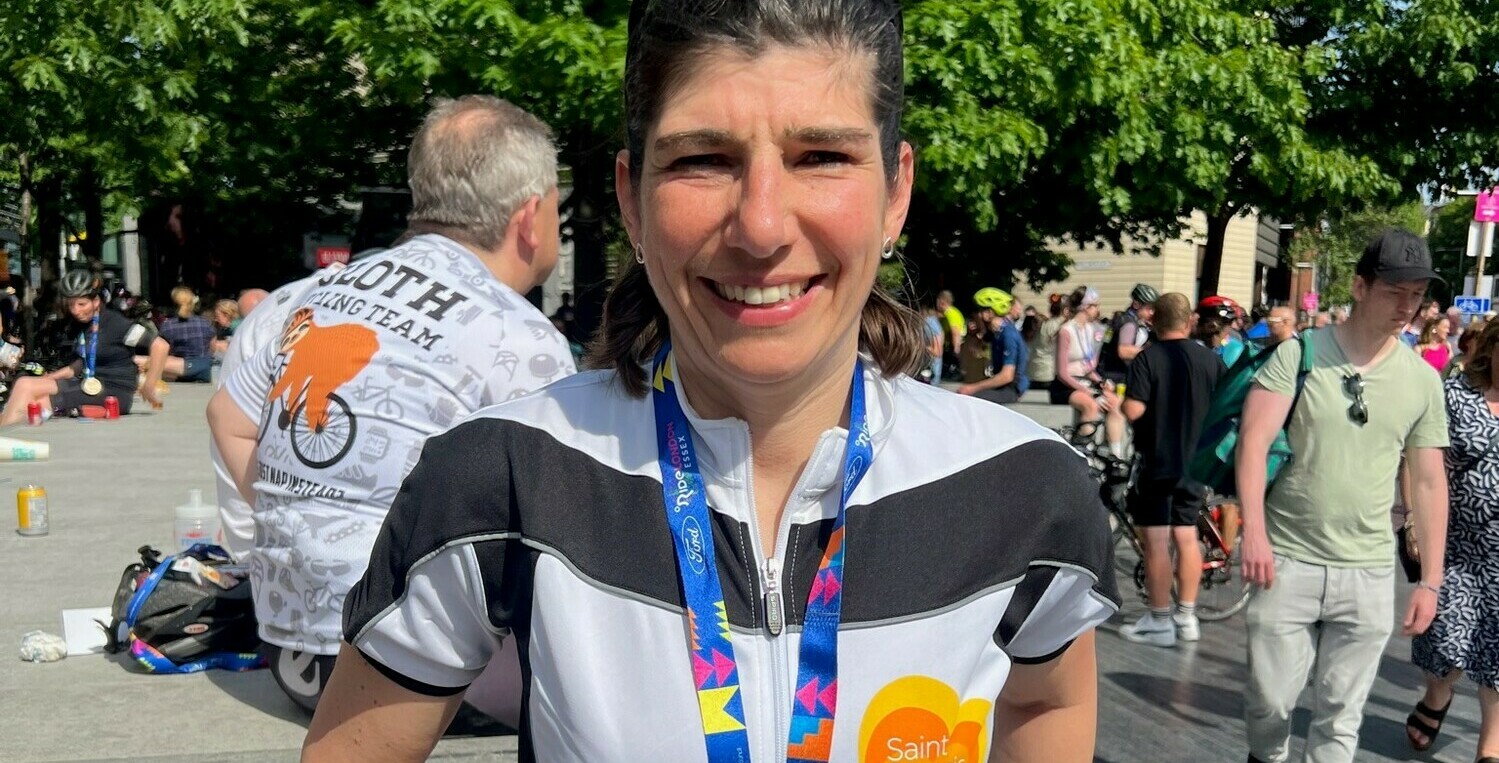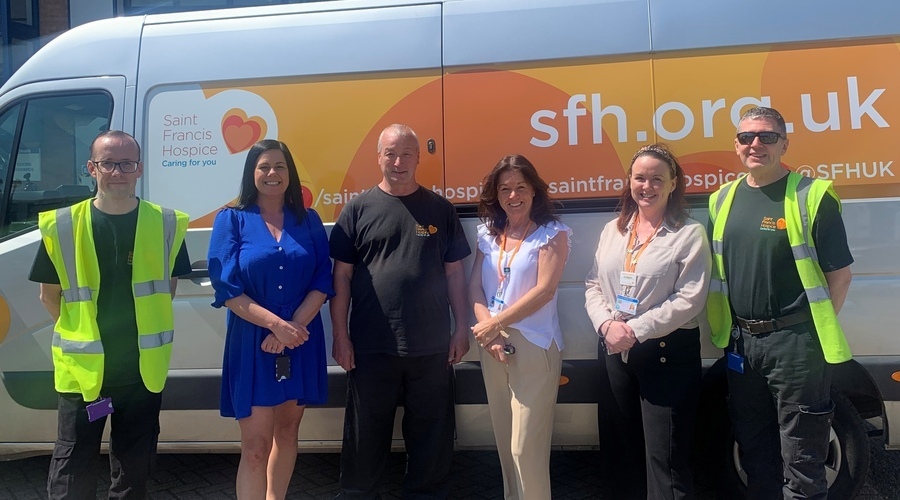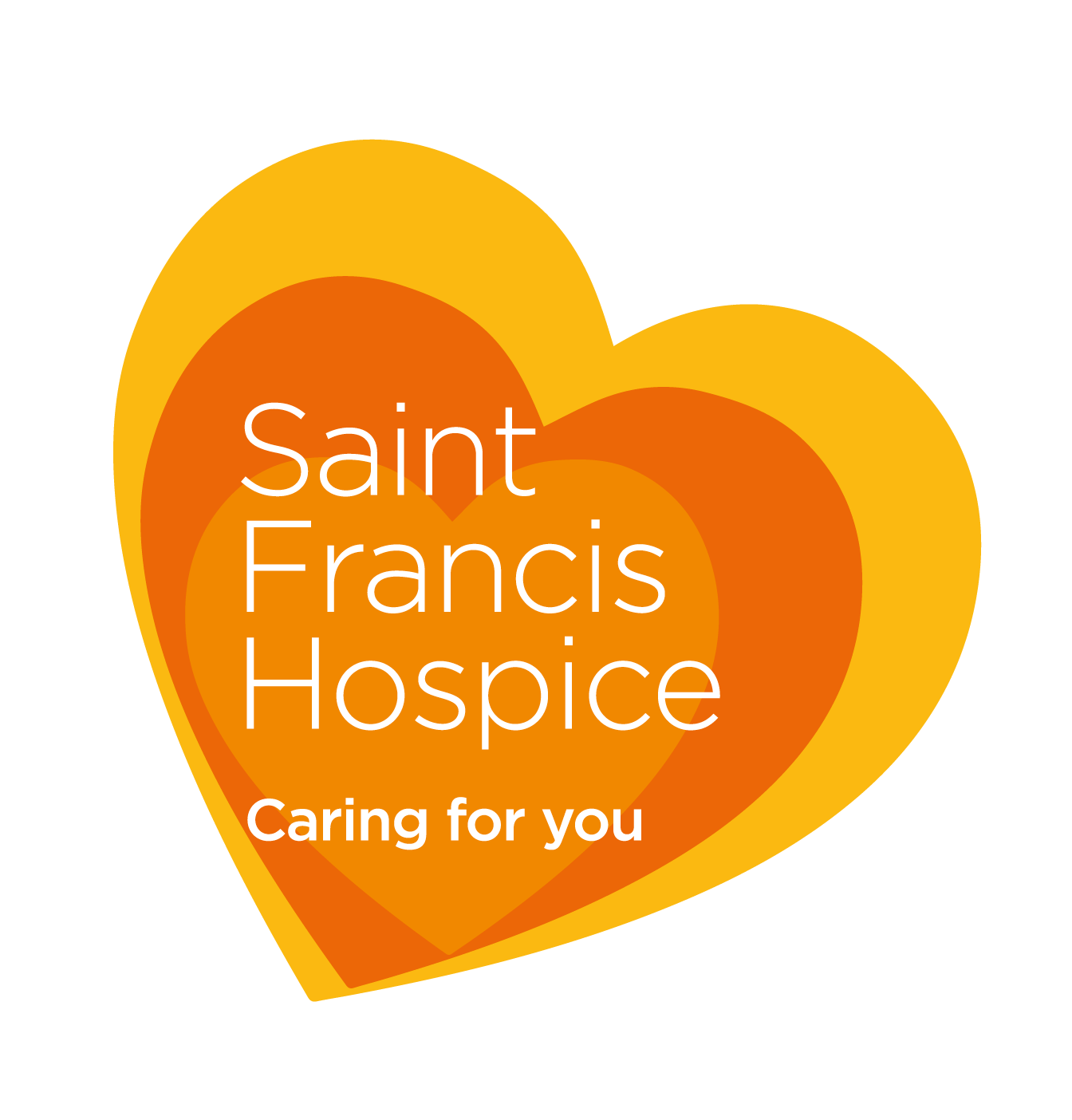How I became an 'accidental fundraiser' back in 1979
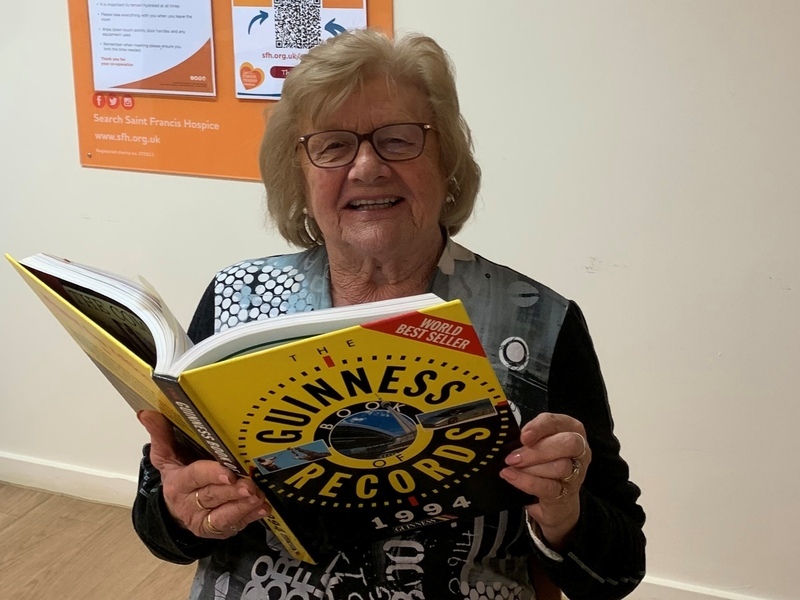
Pauline Obee may have started as an ‘accidental fundraiser’ for Saint Francis Hospice, but she went on to become part of a dedicated team of volunteer fundraisers that helped ensure the hospice could open in July 1984 and continue to run and develop its services. Here Pauline shares her story....
When I walk through the doors of Saint Francis Hospice, I think, it wouldn’t be here today if it wasn’t for hundreds of people like me. That first team of 20 fundraisers was a force not to be messed with. I still give talks about the fun of fundraising and am an ambassador for the hospice. I feel the need to visit the hospice every year. It is a project I could never say goodbye to as it means so much to me.
There is an old true saying, from little acorns big oaks grow. I am proud to be one of those little acorns.
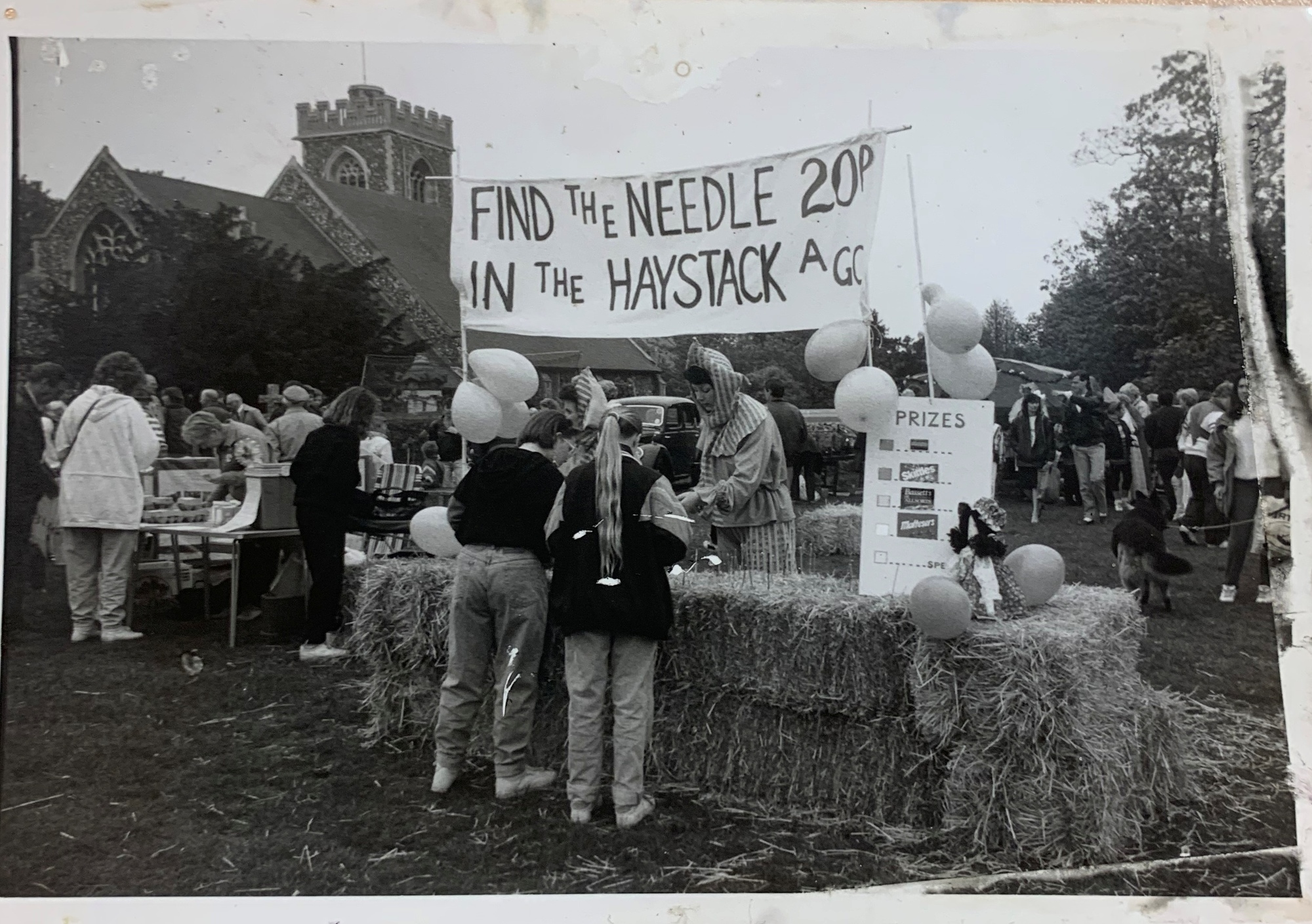
How it all began
When I was working as a receptionist at the Harold Hill surgery in 1979, the word hospice was unheard of. I remember having to look up the word to find out what it meant.
The three doctors at the surgery, Dr Rule, Dr Coyle and Dr Mc Laughlin, were trying to get a hospice off the ground in the area and Dr Rule asked if I would help them. When they organised the first public meeting at the Harold Hill Community Centre, I was given a bucket to hold and as people left, they gave a donation.
Accidental Fundraiser
That was my first ‘toe dip’ into fundraising for the hospice. It seems I became an accidental fundraiser!
The doctors knew there was a need for a hospice in the community. Dr Rule was so dedicated that I became dedicated too. It was infectious. It became a way of life and there was no going back on trying to find a way of raising money to fund the opening of the hospice.
Raising awareness and fundraising
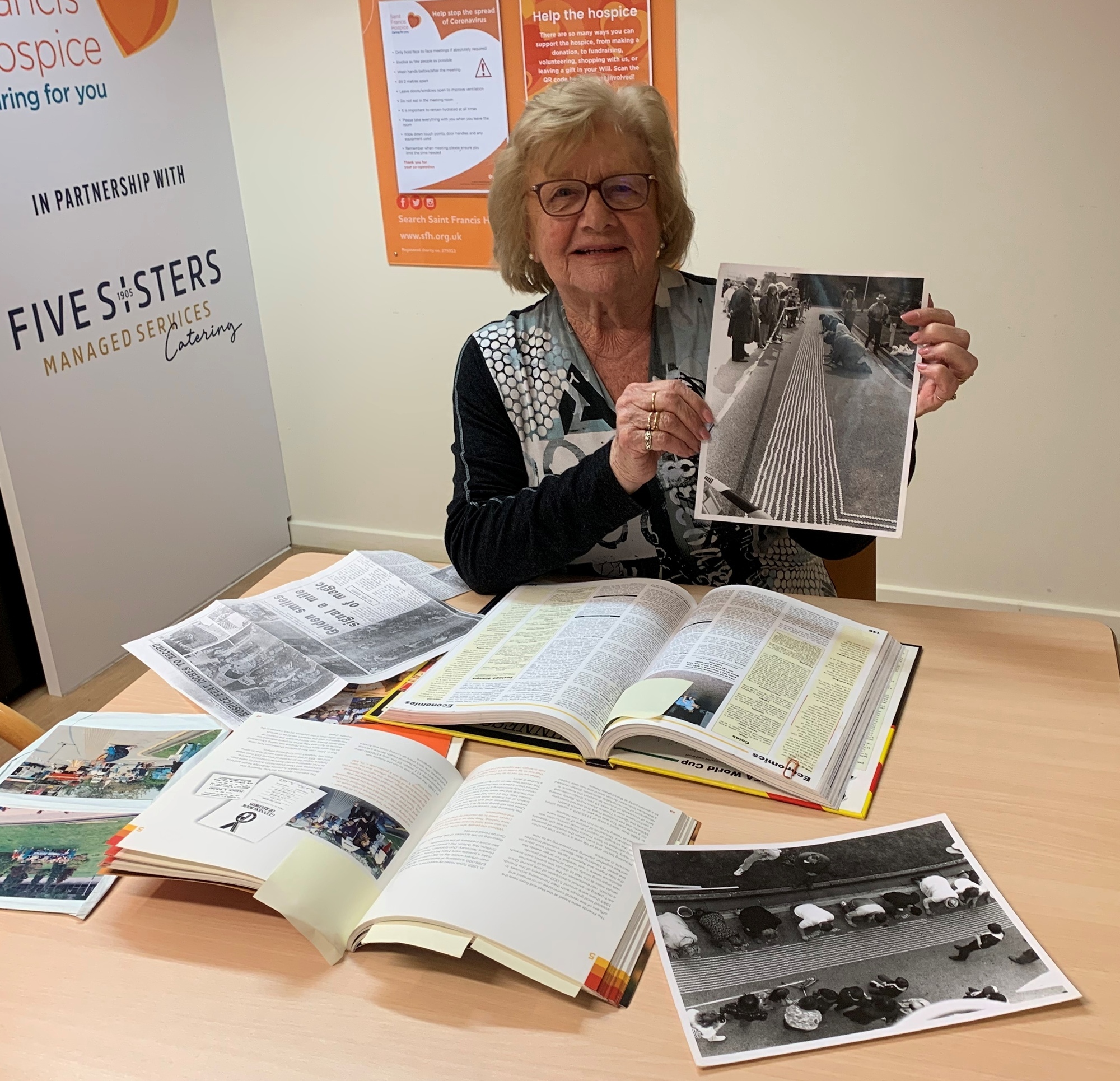
Cancer was just as prevalent then as it is now. It was less understood, and it certainly wasn’t talked about. We knew we had to educate people as to what a hospice would do.
We explained to people that the purpose of a hospice was to provide medical and nursing care which is concentrated on the relief of pain and anxiety. At that time only St Joseph’s Hospice in Hackney could provide such care. St Joseph’s Hospice didn’t have capacity to care for people in Havering and the surrounding borough’s so we needed a hospice that could serve this area.
To fundraise for something that does not exist was a mammoth task. The hospice was something invisible at that point. We did not even have a piece of land, but once people understood how a hospice would help people, they gave willingly.
Money was difficult in those days. If you raised £50, you were doing well. At first when we set up the ‘Friends of the Hospice,’ we met in people’s houses. Once we acquired the Hall, we worked from an upstairs room in the freezing cold sending out leaflets inviting people to become ‘Friends.’ The response was unbelievable. We even received envelopes with coins wrapped in newspaper. As the Friends rapidly grew, we divided into four areas and I became Chair of the South West area.
We had swimming competitions, garden parties, and visited schools, nightclubs, pubs and organisations of every kind. I was fortunate to be a non-working mum so I was able to give my time. I had a great back up family! My husband Arthur was a pianist and I used to teach children to dance, so we always had entertainment for fundraising events.
Coin Carpet
We were creative in our fundraising and one year we decided to do a carpet of coins outside St Edwards Church in Romford where people could donate any coin. We had volunteers pacing Romford Market with placards which said, ‘lay a coin on our carpet.’ It attracted a lot of interest and the path became a very lucrative and attractive carpet which received much needed publicity.
The Golden Mile
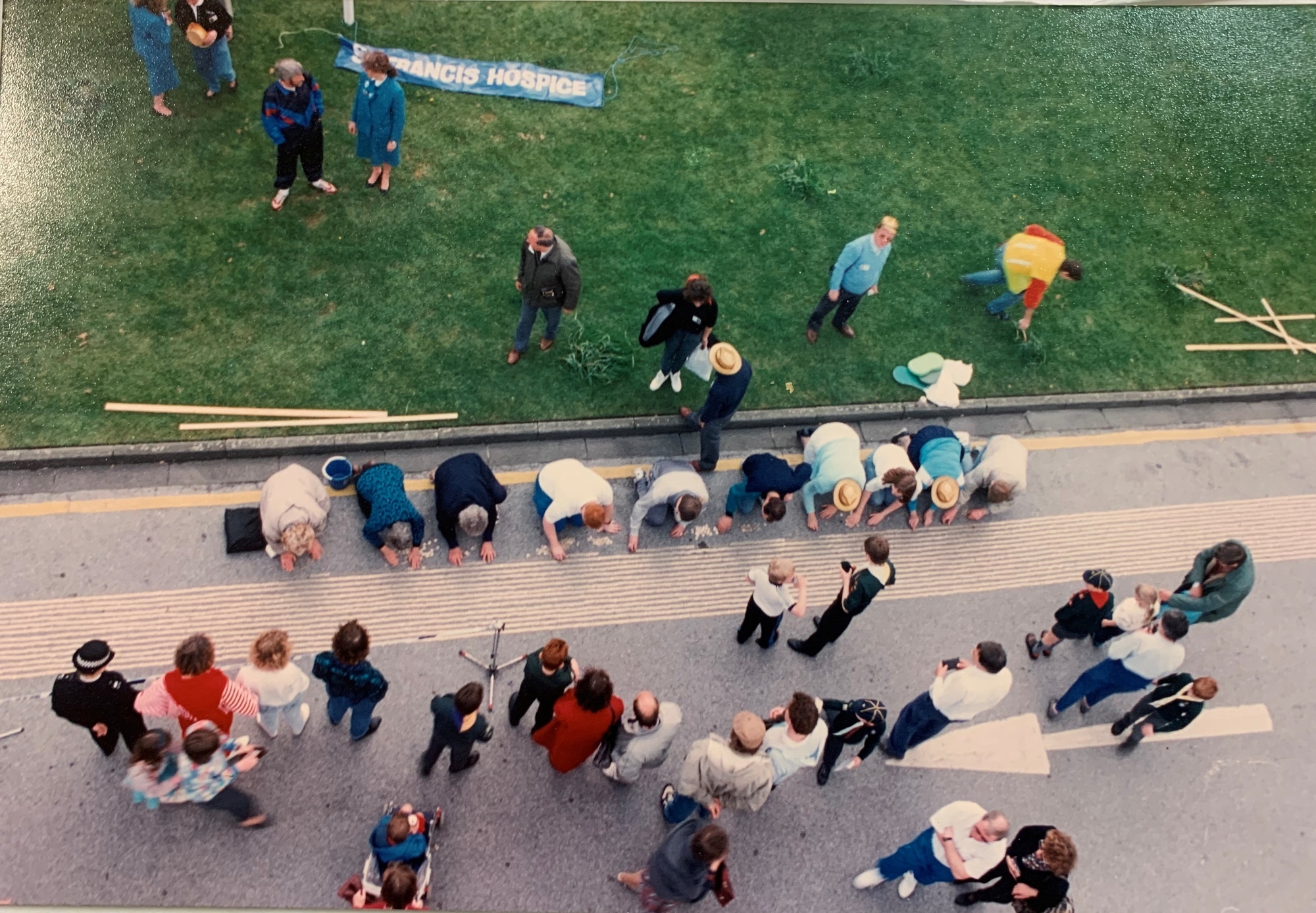
We learned a lot from our experience of the coin carpet, and we didn’t know it at the time, but it helped in 1990 when we came up with our most successful fundraising event - The Golden Mile.
The £1 coin was introduced in 1983 and as it was still relatively new, we set out to do what had never been done before - to lay a mile of £1 coins, edge to edge, a mile in length.
We raised £71,652 in a single day and earned a place in the Guinness Book of Records with the record remaining unbroken for 6 years.
How it was done!
It took many months of planning. Arthur was a mathematician, so I knew exactly how many pound coins were needed. I also spoke with the Guinness Book of World Records, and they told me every coin must touch the adjoining coins ??" there could not be any gaps.
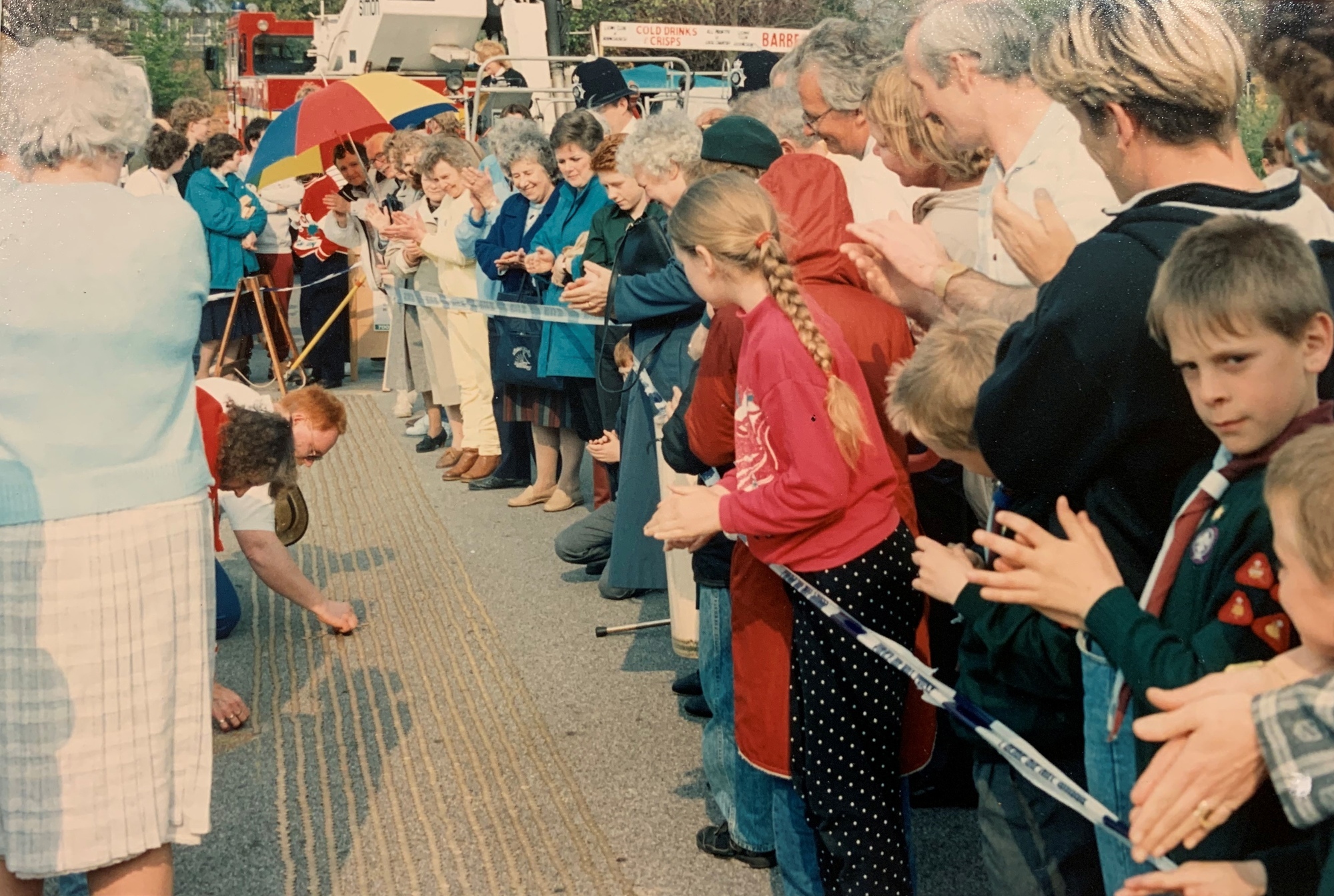
We approached all the local organisations who had supported us in the past and many others too and once we could count on their pledges. I chose my site and asked permission from Havering Council to close the car park for one day and circle the green outside the Town Hall until we had completed the mile.
In those years of fundraising, I had made many friends with people in the local community, and I knew I could call on them to help oversee the fundraising event.
The engineering department at the local college drew a white line one mile long ??" 14 times around the green, for us to follow.
The police placed a cadet on each corner and a cherry picker bought a platform so he could overlook the whole thing. Securicor was also there to remove the 14 lines of coins which weighed a hefty 760 kg.
Nearly everyone kept their pledge but when a few big pledges didn’t come through on the day, we worried how we were going to do it. We had exhausted every £1 we had got but then the cherry picker driver came up with an idea. He invited people to pay £1 to come and view their house in Romford from the top of the platform. This could never happen now but lots of parents were happy for the children to be taken up in the cherry picker and this raised the remaining money needed to make the mile.
Guinness Book of World Records officials were also there to oversee the challenge and to verify ??" The golden mile, 71,652 coins long.
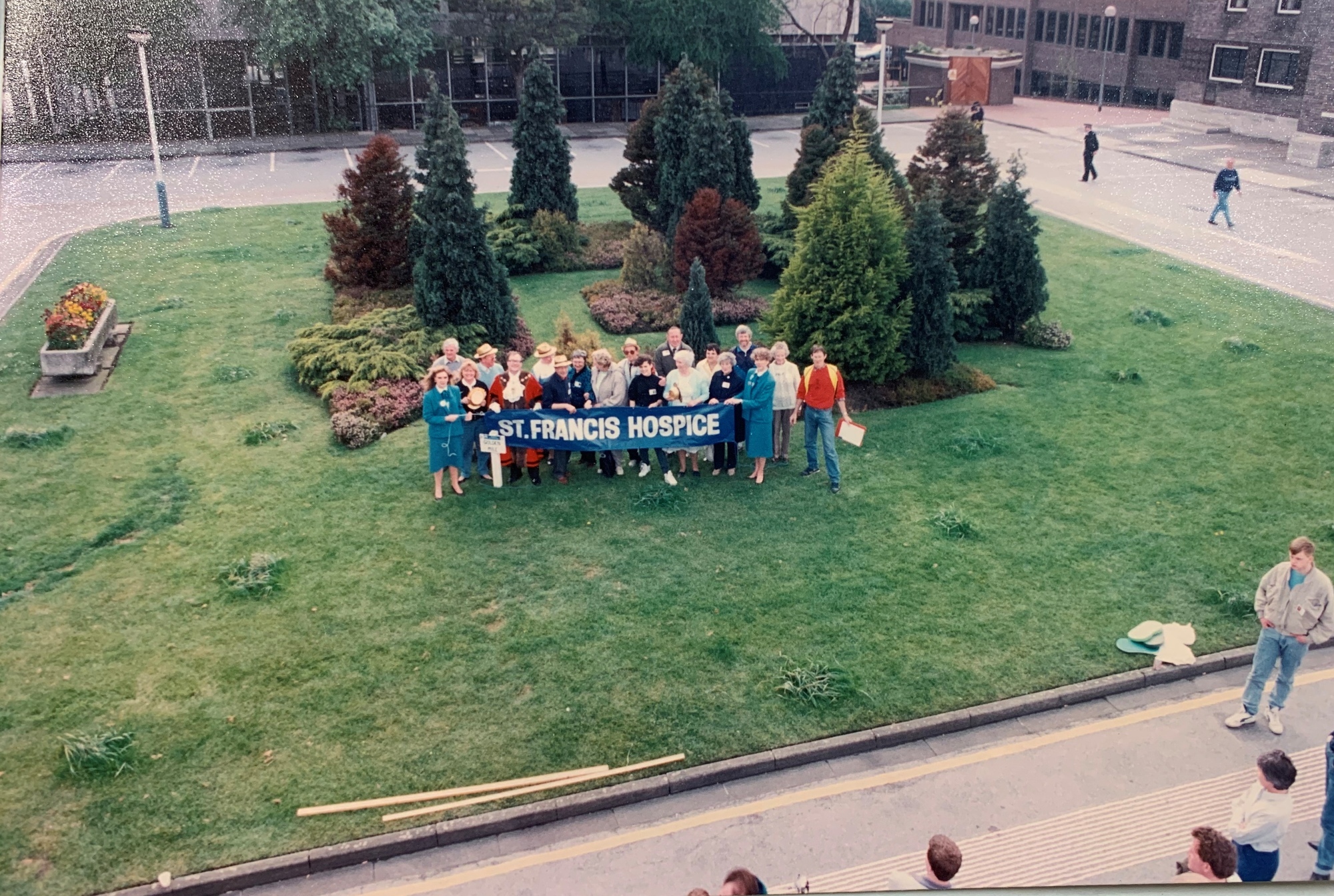
May Fayre
I’m so proud of what we achieved with The Golden Mile but I’m even prouder of the first May Fayre that I organised in the grounds of the hospice in 1981.
I had been shouting about the hospice for years so when we obtained a site and a building, I had a great desire for everyone to come and see it. My girls did maypole dancing and we had lots of stalls. The grounds were delightful, and of interest, particularly the cork tree. There was a man who explained everything about the tree to visitors.
It was such a hit, I thought we would do it every year, but my dreams were crushed as the builders moved in the following year.
Luckily, we got permission to hold the May Fayre it on The Green opposite the hospice.
The fayre brought so many people to the site and they could see the hospice being built. The event was so successful it continued for the next eight years.
Hospice care for Arthur
Three years before Arthur died in 2014, he collapsed and went into hospital. The doctors discovered he had a tumour. We had a good year and then it took hold. For the last two years he was very unwell and eventually it took him. He was cared for by the Hospice at Home team for 10 days before he died, and it made a huge difference - I will never forget the care they showed.
When Arthur died, the nurse caring for him stepped away so I could say goodbye. When she came back, she was holding peony she had picked from our garden, and she lay it on Arthur’s pillow. It was such a simple gesture but so important. It was very special because Arthur loved his garden and she had brought a piece of the garden to him. I have huge respect for everyone who works for our very special Saint Francis Hospice.
Get Involved
Are you looking for inspiration on how you can help support future patient care at the Hospice? Let us inspire you!




